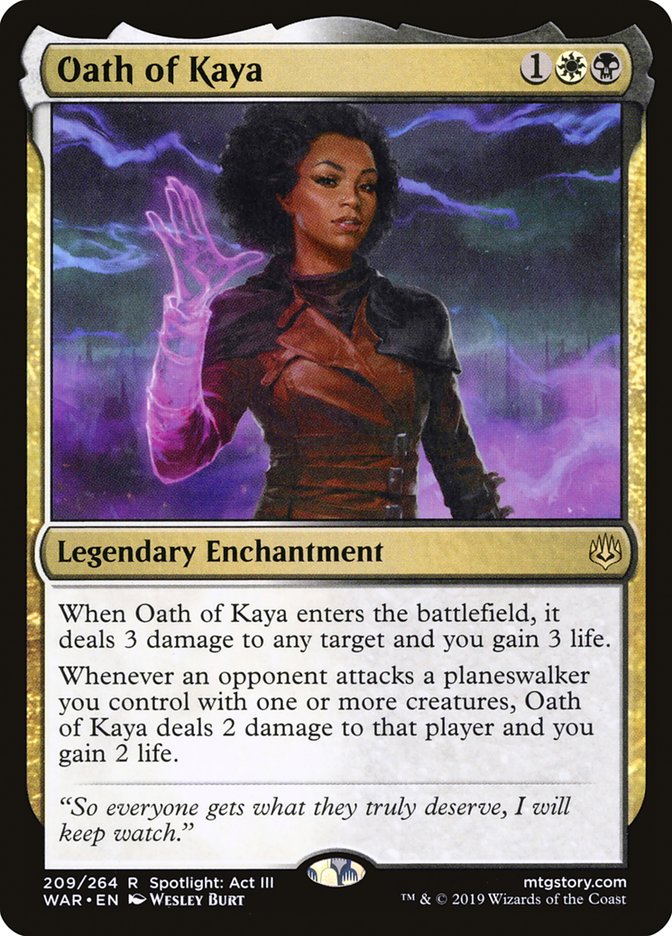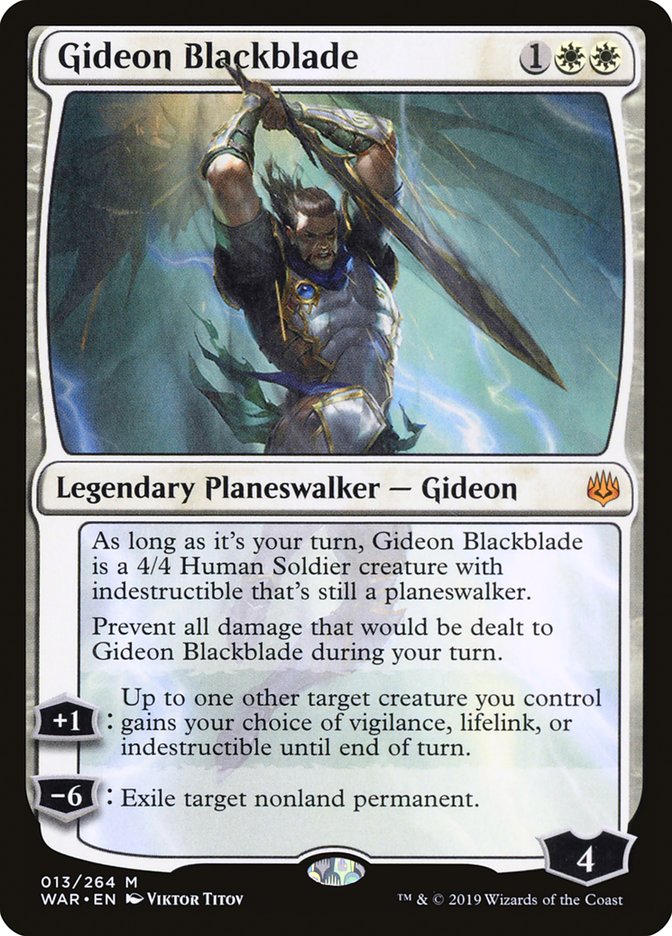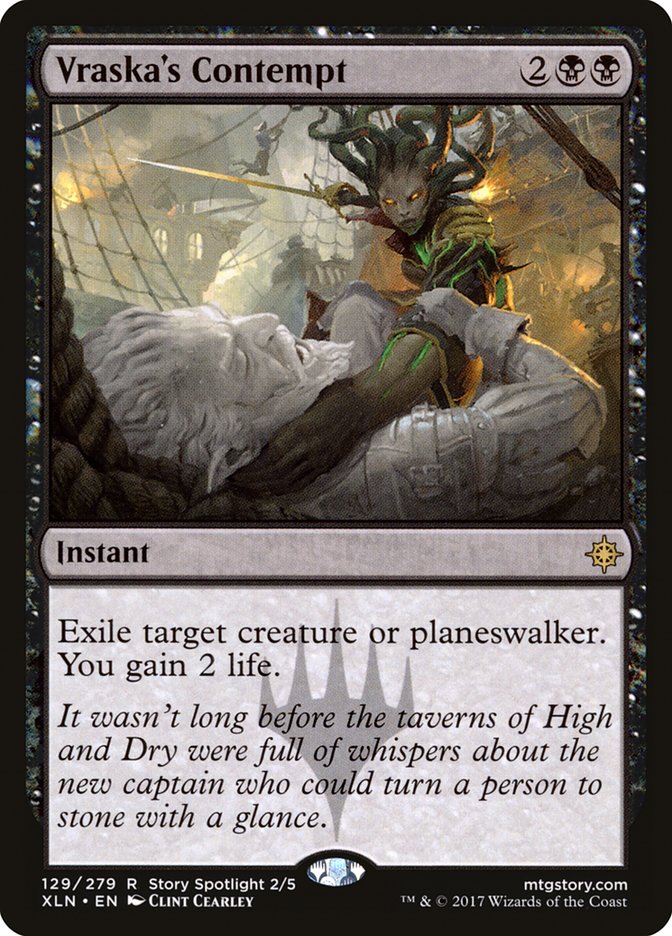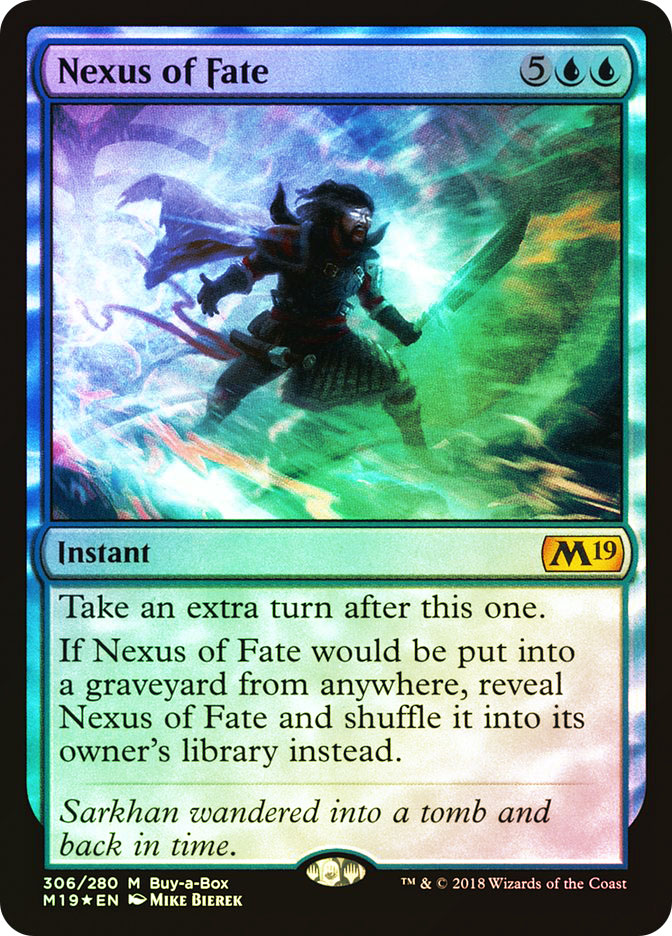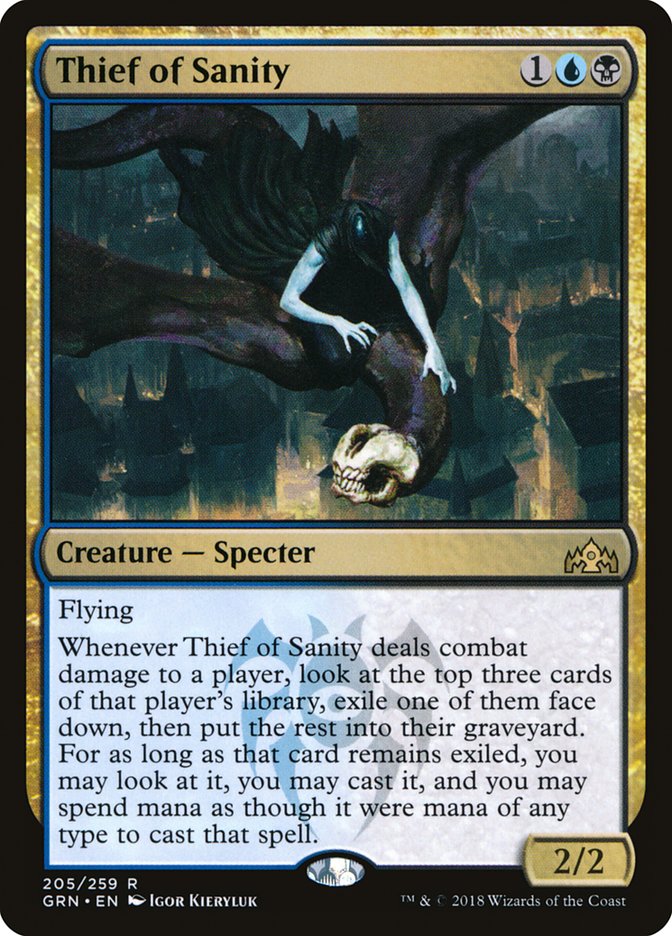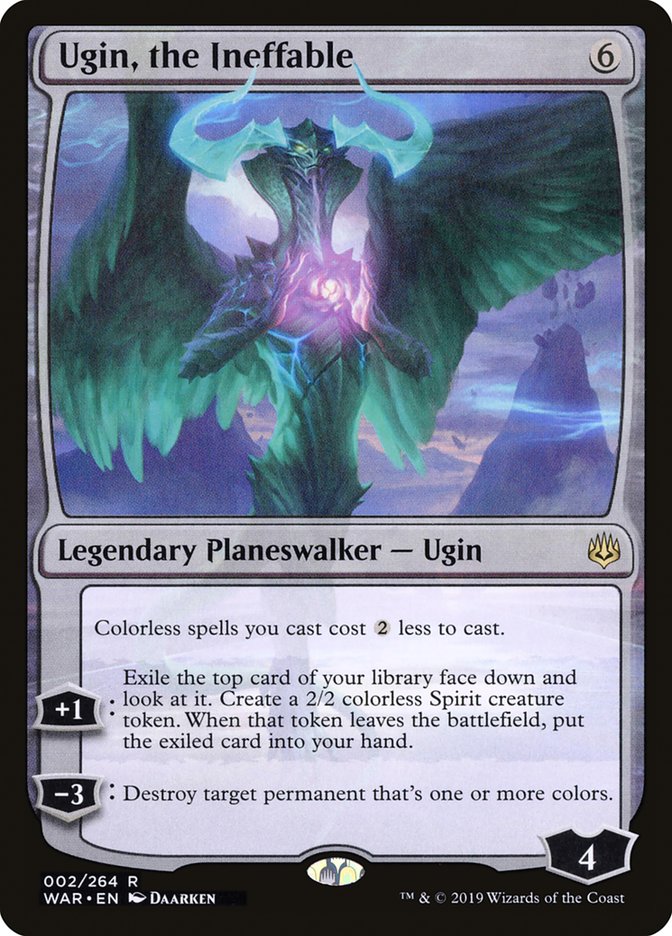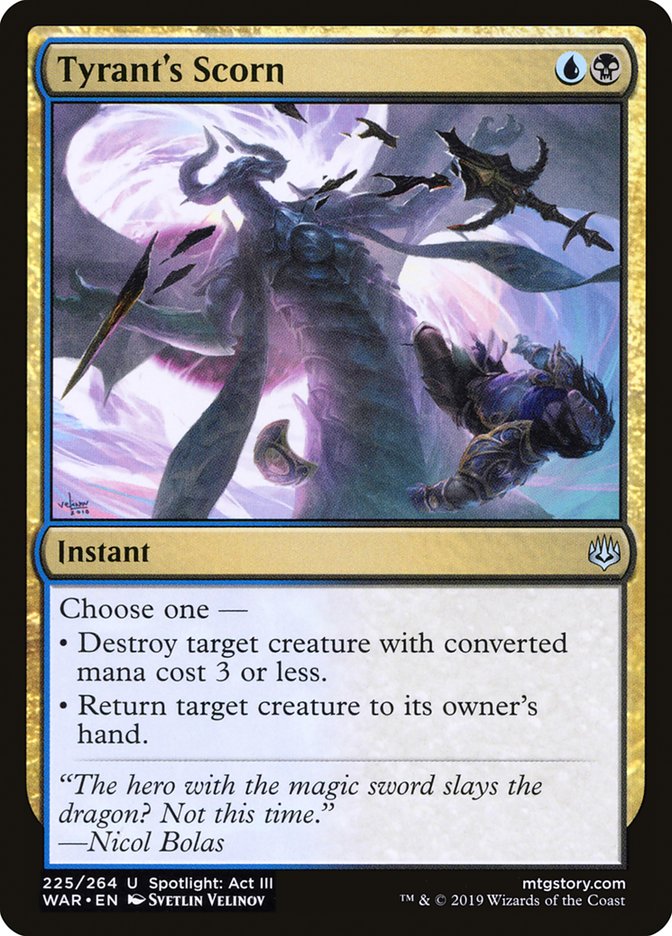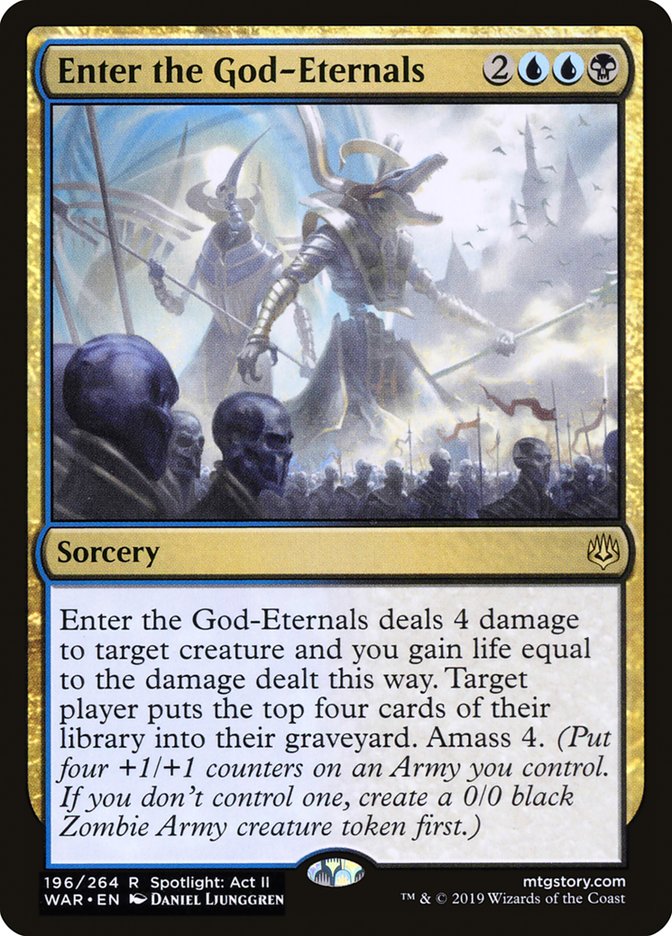The best weekends of the year occur when the SCG Tour drops by the Soorani household in glorious Richmond, Virginia. I live in Virginia Beach, which is about an hour and a half away, but Richmond is the closest events get. When I battle opponents in an arena near my house, I tend to play with more purpose and pride. Maybe it’s because homefield advantage is real or perhaps I’m old and exhausted after traveling to events much farther away. The latter is much more likely; however, the fact remains the same – when this grizzled old control mage prepares for an Open in Richmond, you’d better watch out.
The fear I may instill falls flat when control is at a weak point, but that is not where we are today in Standard. Control was king of the hill in Ravnica Allegiance Standard, and it has only consolidated its power since. War of the Spark gave us an abundance of new tools to use, which I expected would be the case with a planeswalker-themed set. Even though I knew we were going to reap the control crop, I had no idea it would be this plentiful.
Planeswalkers (7)
Lands (26)
Spells (27)

There is a very small part of me that hoped Esper Control would not be our future with War of the Spark. The only reason I had these blasphemous thoughts is because of the amount of options given to us in colors outside of the greatest Shard. Although the temptations are still there, I know Esper Control is the top option for those who want to win a competitive event. Any control deck can be crafted to defeat midrange and mirror matches, but only Esper Control has the equipment to squash aggro with ease.
Mono-Red Aggro is not a threat to Esper Control in the slightest. The matchup wasn’t bad before, but now it edges toward laughable. With Oath of Kaya entering the mix, Esper Control can be crafted to end the game above twenty life when all is said and done. I remember how easily I buried my Mono-Red Aggro opponents with just Absorb, even winning Game 1 often. With Oath of Kaya and Enter the God-Eternals after sideboard, I would highly recommend our aggressive colleagues leave their Mountains at home this weekend.
Aggro decks aren’t all created equal. Just because we mash knucklehead red creatures, that doesn’t mean we get a pass against all the cheap threats lurking out there.
With the changes to Esper Control, the Mono-White Aggro matchup gets a bit worse Game 1. Cry of the Carnarium is a real stinker in the maindeck these days, really being a narrow option that wins more against Mono-Red Aggro or takes Mono-White Aggro to the cleaners. Against most other decks in the metagame, it’s significantly worse than Kaya’s Wrath. I still see a few folks championing Cry of the Carnarium in the maindeck and I don’t fault them for it. If you expect a heavy Mono-White Aggro presence, it may be wise to enlist the help of the cheaper sweeper. The maindeck without it has really shined and I have no problem having a slight disadvantage Game 1, only to bring in three copies to obliterate small creatures in Game 2 and Game 3.
Cutting Cry of the Carnarium isn’t the only reason Mono-White Aggro became a tougher matchup. Gideon Blackblade is the real deal against control decks and should be feared. It isn’t better than the other three-drops in Mono-White Aggro against most matchups, but it is quite annoying for those Island fans out there. The abilities on the card are largely irrelevant for us; however, it being an indestructible creature makes it very tough to handle. Vraska’s Contempt is the best answer for Gideon Blackblade and there’s only one copy in the maindeck. Despark has replaced the second copy, being a much cheaper, leaner, and more versatile answer against end-game threats. The payoff for this cost reduction is a higher vulnerability to three-mana planeswalkers and having a dead card against decks without expensive spells. Overall, Despark has overperformed as a cheap alternative that can hit enchantments and artifacts.
I don’t think going back to Vraska’s Contempt will be the solution to the Gideon Blackblade problem. Sniping it with a Thought Erasure, being on the play with Absorb, or bringing in the second Dovin’s Veto as an answer has been enough to keep my head above water in the matchup. Luckily for us, Cry of the Carnarium is in full swing in the sideboard games, helping us nail the other threats with ease.
Mono-White Aggro may be the toughest matchup out there, which takes the title from Simic Nexus. Simic Nexus used to be a nightmare to play against with Esper Control, drawing dead card after dead card Game 1 in a futile attempt to prevent their battlefield from developing. Game 2 and Game 3 were not as bad, but always being down a game in a matchup is a huge concession to take. Those scary days are over, as the arrival of Teferi, Time Raveler has saved the day.
Teferi, Time Raveler is a one-card combo against Simic Nexus, causing a near auto-defeat upon resolution. It didn’t click at first how devastating the new Azorius planeswalker is against decks with Wilderness Reclamation, but it was clear as day after the first test match. Teferi, Time Raveler prevents your Simic Nexus opponent from using Wilderness Reclamation for anything, makes all their countermagic dead, and puts them as a sorcery-speed deck with their card draw. These effects all result from the static ability, not considering the card it draws and the draw-step casting of Thought Erasure. The rest of the Game 1 Esper Control spells struggle like they historically have, but Teferi, Time Raveler puts the nail in the coffin whenever it makes its way onto the battlefield.
Sideboard games could change the dynamic, as Simic Nexus can bring in diverse threats to apply pressure. That strategy turns out to be quite ineffective, as Esper Control gains much more advantage by shedding useless cards for those that do it all. Hostage Taker comes in to meet up with God-Eternal Kefnet, Thief of Sanity does the broken things it has always done, and Duress is backbreaking in conjunction with Thought Erasure. The chances of resolving a Thief of Sanity or Teferi, Time Raveler with six hand disruption spells is high, making Simic Nexus a favorable matchup; I would not go as far to say an easy matchup like Mono-Red Aggro, but good enough to make Esper Control the frontrunner of the format.
The control mirror should be favorable with many players sleeping on Teferi, Time Raveler. Without three-mana planeswalkers, we can out-threat them in the first game, giving the Game 1 control mirror a different dynamic. Outside of Teferi, Time Raveler, the maindeck is going to be nearly identical to that of other Esper Control players. The real advantage comes from sideboarded games with additional support spells to protect the seven planeswalkers that are in the maindeck. The amount of counterspells, hand disruption spells, creature, and noncreature threats should outdo our opponent in the control battle of wits.
Sideboarding is very important here, as is knowing exactly how many removal spells to leave in to answer Thief of Sanity. Hostage Taker is brought in often but isn’t backbreaking with two Oath of Kaya. Before War of the Spark, more removal had to be left in to make sure the game wasn’t lost on the spot. Having one Hostage Taker, one Mortify, two Oath of Kaya, and a Vraska’s Contempt on the play is enough to be ultra-safe, while having very few dead cards. Oath of Kaya gives you reach against enemy planeswalkers and deals with the scariest threats the mirror has to offer. When you find yourself on the draw, one copy of Cast Down is a must in order to have peace of mind against the scariest Thief of all.
There are some cards that aren’t in the listed but may likely join the team soon. Narset, Parter of Veils is absent and may make its way to the starting squad for Richmond. I was wary of having too many cards that didn’t help advance our interests against creatures because opening weekends tend to be flooded with aggressive strategies. This decklist can still maintain its defense against cheap threats and add Narset, Parter of Veils by removing a Chemister’s Insight and Ugin, the Ineffable. The Chemister’s Insight is the obvious cut for more card draw options, but the powerful, colorless endgame threat is a tough one to toss aside.
Ugin, the Ineffable has been great for me, acting as the fifth Teferi, Hero of Dominaria as an answer-all and win condition. With a card like Narset, the top of the curve may be harder to reach consistently. Unlike Chemister’s Insight, Narset doesn’t help the land drop cause without additional labor being put in. It is likely that it flips some type of spell that helps us find land, but that isn’t always the case. Having Teferi, Time Raveler as your three-drop without a fourth land is a much safer scenario, giving you an extra card to hit the fourth. Both three-mana planeswalkers bring me joy in Esper Control, so it is likely I take a risk and enlist the power of Narset to further my chances of victory against control and midrange decks.
Tyrant’s Scorn is another card I am considering for the maindeck of Esper Control. Cast Down has been the truth in testing, answering all the aggressive threats and being live late in the game. Tyrant’s Scorn does not have that same usefulness after Turn 4 but can hit legendary creatures. There are some scary legendary creatures in War of the Spark, or older creatures that are now seeing play in the new Standard. This is reason enough to switch to one copy of Tyrant’s Scorn for the opening weekend of the set, but I would still run two copies of Cast Down. Even though Tyrant’s Scorn has the illusion of versatility with an additional mode to select, Cast Down is the superior removal spell for War of the Spark Standard.
The last of the new cards joining the Esper Control team is Enter the God-Eternals. Enter the God-Eternals is another copy of Oath of Kaya that often ends the game against aggro or is a solid removal spell for four-toughness creatures that roam around in the midrange decks. There are multiple creatures in Standard that see play from Gruul, Sultai, or Golgari Midrange decks that can’t survive Enter the God-Eternals. Killing a creature, gaining four life, maybe milling a Chemister’s Insight, and producing a threat is an extremely powerful effect for just one card.
The second copy of Enter the God-Eternals has become a Vona, Butcher of Magan. This suggestion came from a teammate of who that is obsessed with this legendary Vampire Knight. He tried to move me from Celestial Colonnade to Simic Growth Chamber (which failed), but his influence on me with Standard theory is much more convincing, showing me the power of Vona against midrange enemies. It has a similar effect as Enter the God-Eternals but ends the game immediately if not answered. Due to traditional sideboarding methods, most players do not leave in answers to a legendary five-mana creature. They are fully prepared for Thief of Sanity, but not this mammoth threat.
With the few tweaks mentioned above, this Esper Control deck will guide you to victory in War of the Spark Standard. Good luck in Richmond!


